This question is related to How do I use directional couplers on a differential signal?
I understand that if I have an impedance mismatch at the end of a signal cable, E.G. from a terminator which doesn't match the cable impedance, then I can expect to get reflections back.
What I don't understand is exactly what happens when you have an impedance mismatch at the driver end of the cable.

If a very short part of the cable at the driver end has an unknown impedance, is this a problem? Will is cause noticeable reflections? My instinct would be 'no' because the length is so short.
I mean, this must happen in all situations anyway. The impedance of the driver IC's legs are not impedance matched, but they are so short that it's not a problem. Obviously, the length in that case would be very short indeed. If that's the case, then the question would be: "How long is too long?"
This cable will be carrying 100Mb/s LVDS (which stands for Low Voltage Differential Signal). This is my estimation of the spectrum of the signal.

Which is based on this wave shape:
